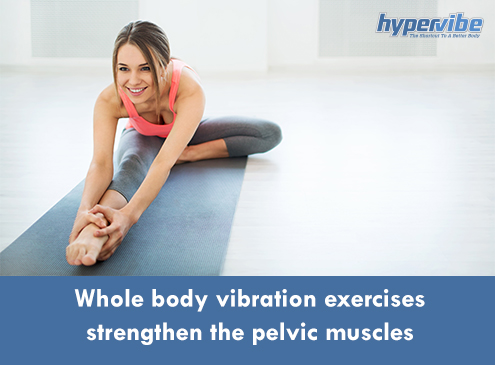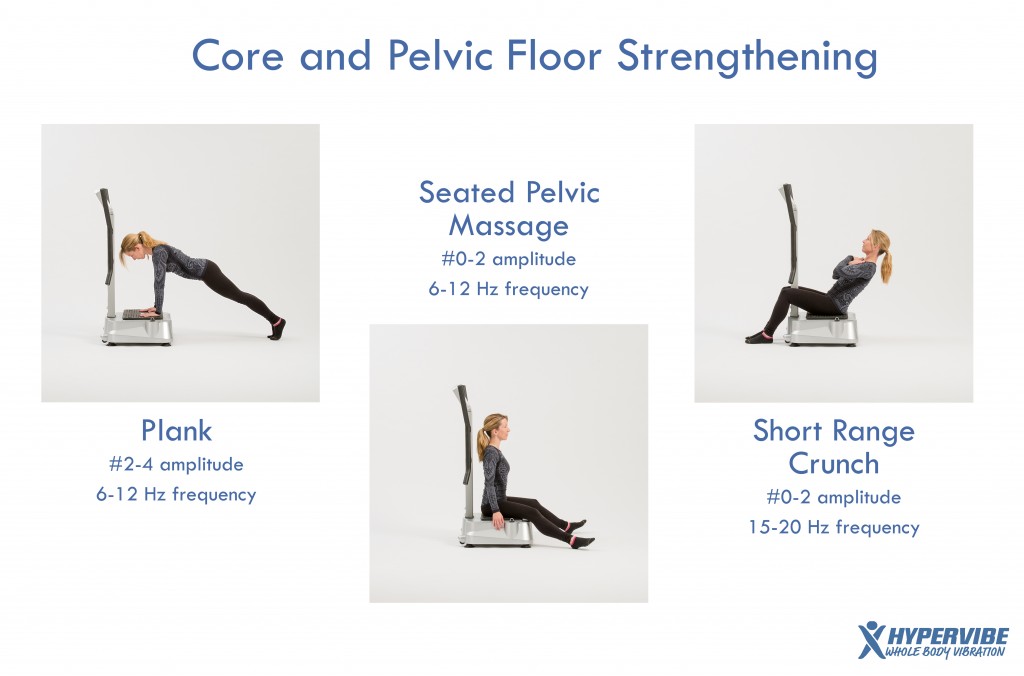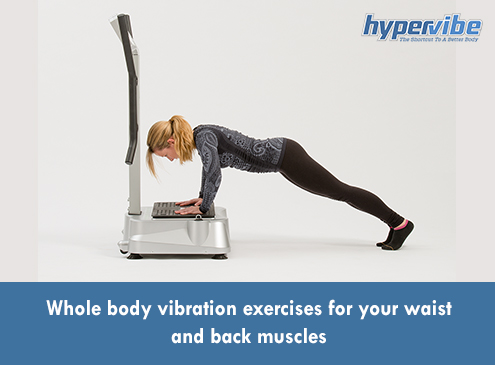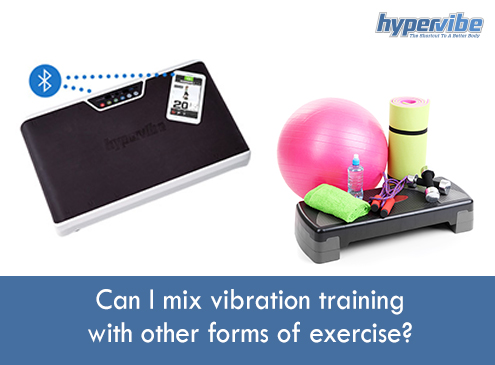Both men and women can benefit from training on a whole body vibration machine, this form of physical activity is effective in stimulating and strengthening the entire body. WBV is useful for improving muscle strength and tone, for enhancing balance, stability and flexibility, as well as for maintaining a healthy weight and strong bones.
Although most studies focus on the effects of vibration workouts on leg muscles or core area, there are also very interesting papers that prove the beneficial impact of WBV on other body areas, so today we’ll take a look at two studies that analyze the effects of whole body vibration on the pelvic floor.
What causes the weakening of the pelvic floor muscles?
One in three women suffers from incontinence after giving birth, and more than a quarter of all Australians experience bowel or bladder incontinence, this health issue having a strong impact on one’s confidence, self-esteem and social life. A very personal condition, incontinence is not something to want to talk about, but neglecting it and adopting no treatment can lead to even more unpleasant situations.
Although pregnancy and childbirth are the most frequent causes of weak and loose pelvic floor muscles, there are other factors that can lead to this problem, such as obesity, straining on the toilet, high impact sports, chronic coughing, heavy lifting and age. Most of these have something in common: they place a great strain on the pelvic floor, increasing the risk of prolapse and incontinence.
The pelvic floor muscles are a large sheet of tissues that extend from the pubic bone to the tailbone, and they control the bladder, bowel, vagina and uterus. When they become too weak, they can sag and lead to prolapse, as well as to embarrassing moment. The usual symptoms of pelvic floor disorders include painful urination, the incomplete emptying of the bladder, an urgent need to urinate, painful bowel movements, pain or pressure in the rectum or vagina, and spasms of the pelvic muscles.
Some of these symptoms will occur with age in most people, but they can be minimized by training the pelvic floor. These muscles react like any other muscle to exercise, so if you want to prevent the unpleasant moments, consider engaging in a training program for strengthening the pelvic floor muscles.
The simple exercise you can do is to squeeze and contract the muscles several times a day, while sitting or standing. Maintain for a couple of seconds and repeat the exercise 10-15 times in a row. Alternatively, you can take advantage of the beneficial effects of vibration training and allow your whole body vibration machine to help with this.
Whole body vibration strengthens pelvic floor muscles
Researchers at the Catholic University of Deagu, Republic of Korea, have recently published a study in the Journal of Physical Therapy Science, showing the influence of pelvic position and vibration frequency on muscle activation during whole body vibration standing.
18 healthy subjects participated in this study, and were asked to stand on a WBV platform in neutral, anterior tilt and posterior tilt positions. Measurements of muscle activity were taken at frequencies of 0 Hz, 10 Hz and 20 Hz, the focus being on the upper trapezius (back muscle), external obliques and rectus abdominis (abdomen), erector spinae (back muscles), glutes, rectus femoris (leg muscles), semitendinosus (hamstring muscles) and medial gastrocnemius muscles (leg muscles).
Electromyography results showed that a higher whole body vibration frequency (20Hz) and the posterior pelvic tilt lead to greater muscle stimulation and are more effective in strengthening the pelvic floor muscles than the other positions or frequencies. Simply standing on a vibration platform in this position and setting the proper frequency can tone and strengthen the muscles of the pelvic floor while improving your core stability and posture.
A second study published by German researchers in the journal Der Urologe investigated the effects of whole body vibration mixed with conventional training on the pelvic floor muscles after prostatectomy and cystectomy. Incontinence can occur as a side effect after these procedures and last for several months, decreasing the quality of life for these patients.
Physiotherapy does help but the progress can be slow, so the purpose of this study was to find out whether adding vibration exercises to conventional therapy can speed up the recovery. Treatment lasted for 3 or 4 weeks depending on the chosen scheme (physiotherapy or physiotherapy plus WBV), the vibration group showing significant reduction of urine loss, increase of voided volume and improved urine flow. The study also showed that consistent training leads to faster improvements in continence.
Thus, if you suffer from incontinence or you recently gave birth and want to avoid the unpleasant effects of weak pelvic floor muscles, exercising on a vibration machine in the conform of your own home can be an efficient solution.
Have something to add to this article? Comment below or join our Facebook community and share your thoughts with us!















